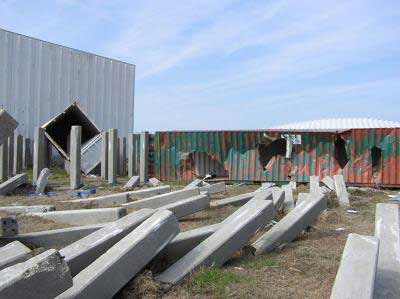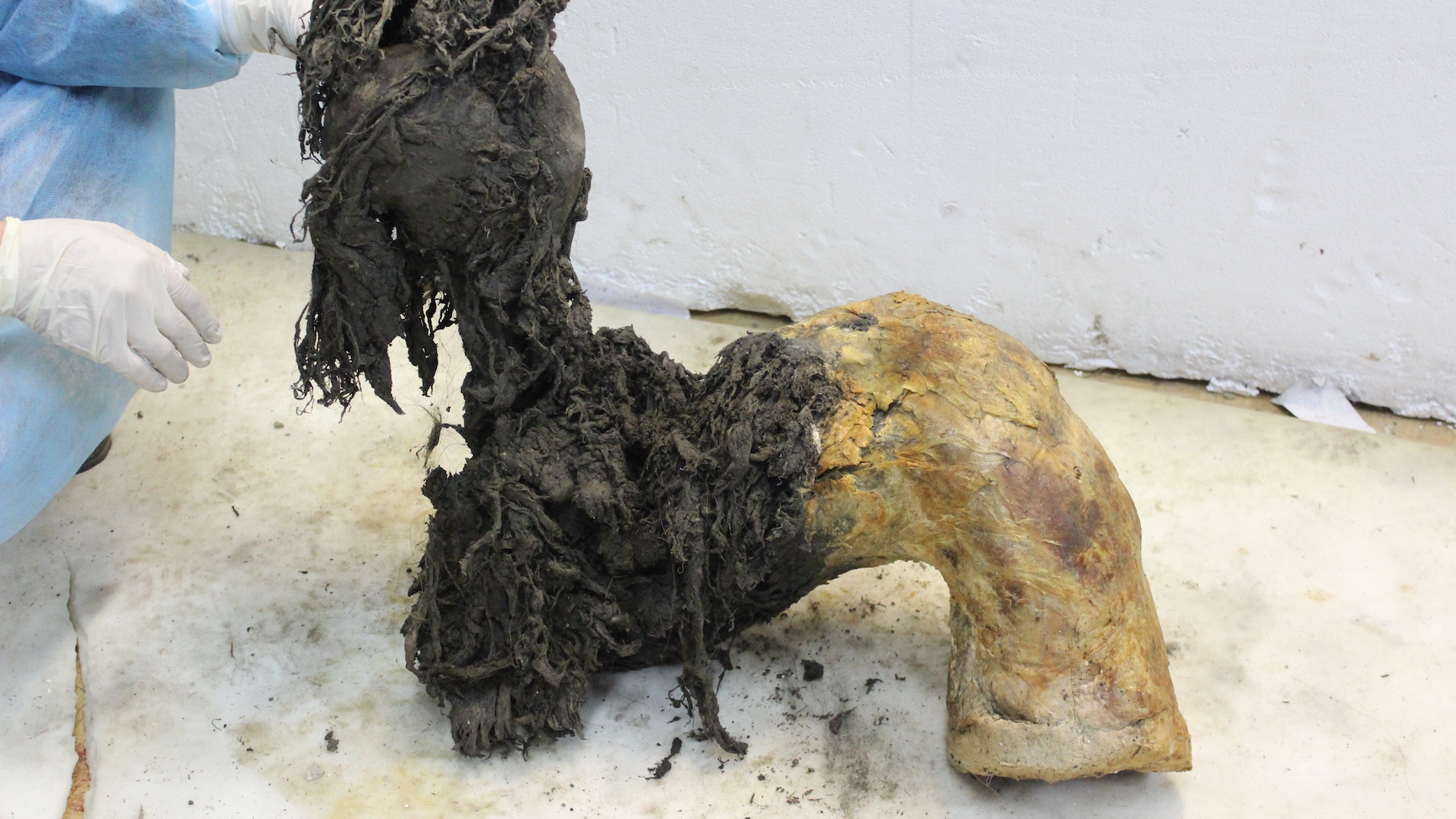Damage from Hurricanes and Tsunamis Looks Strangely Alike

While Hurricane Katrina in 2005 and the Indian Ocean Tsunami of 2004 were fueled by very different forces, they caused damage to structures in surprisingly similar ways, a new study finds.
The study, including a photographic survey of the damage Hurricane Katrina did to the Mississippi coast, showed how the force of water—be it from a tsunami or a hurricane—can lift away buildings or snatch the soil out from under them.
The findings could lead to new design code that would save many lives in such natural disasters.
What happens
The majority of the damage to buildings during a hurricane comes not from the storm’s ferocious winds, but from the ocean water those winds rapidly push onshore, called storm surge.
Similarly, the massive waves that can be generated when an ocean or other large body of water is hit by a strong earthquake or volcanic eruption can cause enormous damage as they slam into structures.
“When it comes to forces on a structure, what happens in a storm surge is very similar to what happens in a tsunami,” said study team member Yin Lu “Julie” Young of Princeton University. Both phenomena cause two types of forces on buildings: horizontal pushes against structures and upward pushes against upper floors.
Get the world’s most fascinating discoveries delivered straight to your inbox.
Currently, design codes only account for the horizontal force of water and the downward force of gravity on a building.
The potentially destructive upward force of a hurricane or tsunami occurs when an air pocket forms between the base of a structure, generally a concrete slab, and the water beneath—making the slab more buoyant.
These buoyant forces “rock the structure a little bit, and lifts it off [its foundation] and drops it off somewhere else,” Young said.
Liquid soil
Another problem that design codes don’t address is a process more commonly associated with earthquakes: liquefaction, or the process of soil turning from a solid into a liquid.
Liquefaction happens when saturated soil is released from high pressure. In the case of Hurricane Katrina, the storm surge, which reached a high of 30 feet along some parts of the Mississippi coast, inundated the sand, saturating it and pressing down on it.
But when the water retreated, the pressure disappeared, causing the sand to decompress so quickly that no friction held the sand particles together.
“Then the sand would just flow out like a heavy liquid,” Young said, which can undermine buildings and bridges and cause them to collapse.
Similar processes can happen in tsunamis, she said. Her group is conducting experiments to better understand these phenomena.
Vertical evacuations
Building design codes should account for liquefaction and the upward forces that water can exert, Young said.
Anything below the second floor of a building should be a “wash-away structures,” or walls that will easily wash away in a flood, she said, because otherwise the water can push on walls, causing them to transfer force to load-bearing columns, threatening the collapse of the structure.
For areas where there is little warning time before a tsunami or where populations are poor and live in rudimentary structures, buildings should be built to withstand these forces so that people can evacuate to upper floors.
“For example, Hawaii: If you have a tsunami there, in Waikiki, where can you go? You can’t go anywhere but up,” Young said. “So you need to make sure that people can do vertical evacuations.”

Andrea Thompson is an associate editor at Scientific American, where she covers sustainability, energy and the environment. Prior to that, she was a senior writer covering climate science at Climate Central and a reporter and editor at Live Science, where she primarily covered Earth science and the environment. She holds a graduate degree in science health and environmental reporting from New York University, as well as a bachelor of science and and masters of science in atmospheric chemistry from the Georgia Institute of Technology.
